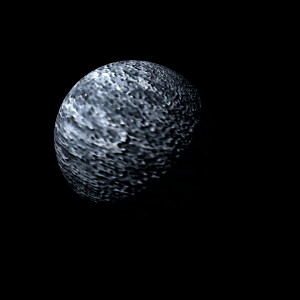|
|
Space Astro
|
Info for exoplanet "Kyangx"
| Scientific (actual) data |
|---|
| Name | TOI-2641 b |
| Planet status | Confirmed |
| Planet mass | 0.366 |
| Radius | 1.615 |
| Orbital period | 4.88097 |
| Semi major axis | 0.0607 |
| Orbit eccentricity | 0 |
| Inclination | 83.75 |
| Discovered | 2023 |
| Updated | 2023-05-08 |
| Tzero tr | 2459330 |
| Impact parameter | 1.043 |
| K | 41.6 |
| Temperature (kelvin) | 1387 |
| Publication | Published in a refereed paper |
| Detection type | Primary Transit |
| Mass measurement type | Radial Velocity |
| Radius measurement type | Primary Transit |
| Star name | TOI-2641 |
| Right ascension | 171.13° |
| Declination | -42.73° |
| Star sp type | F9V |
| Wikipedia article | TOI-2641 b |
Back
| |
| Fictional info (?) |
|---|
| Suggested name | Kyangx |
| Planet type | Cold gas giant |
| The volume of water detected has been estimated to be equivalent to the volume of water in the Black Sea.
Planet is known for its harmless primordial insects called the "Fwan". They spend their life in the air by hunting a substance called "Dwaiw'wang". They are similar to the Yaopwan but with 5 legs and vary in size from 70 to 160 cm. Most Fwan are able to endure temperatures from 90 to 190°C and even electrical shock which is rare on this planet. |
| Estimated population | 270000000 |
| Atmosphere | Methane | 50% |
| Carbon dioxide | 37% |
| Oxygen | 9.9% |
| Water | 2.6% |
| Atmospheric pressure | 1.8 bar |
 |
| No known satellites |
| Google search for Kyangx |
|
Website by Joachim Michaelis
|
|
|
|